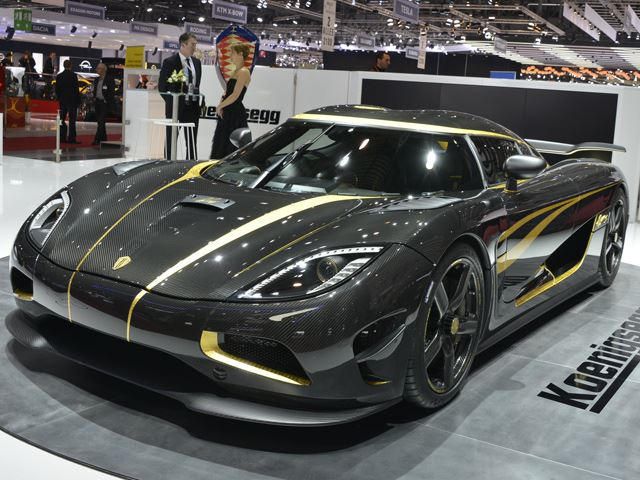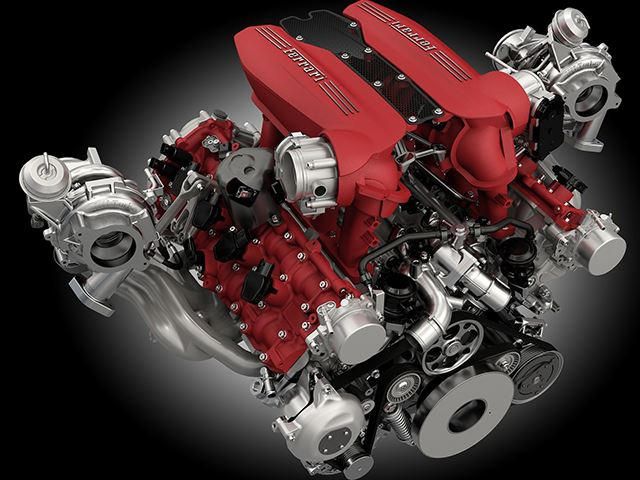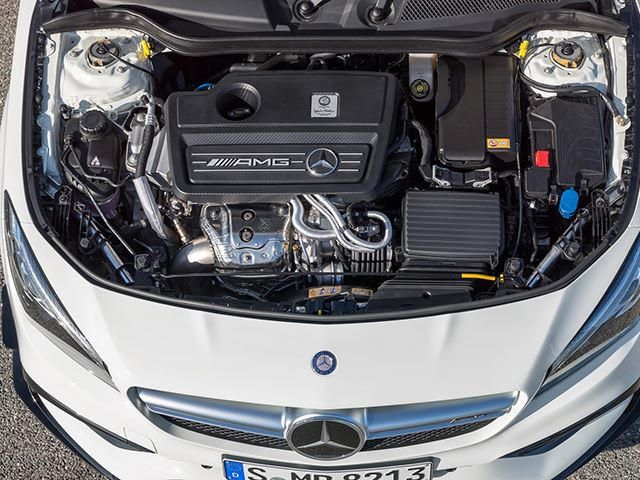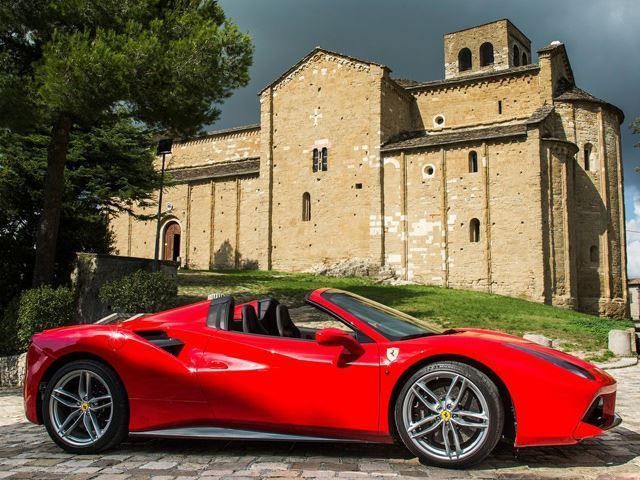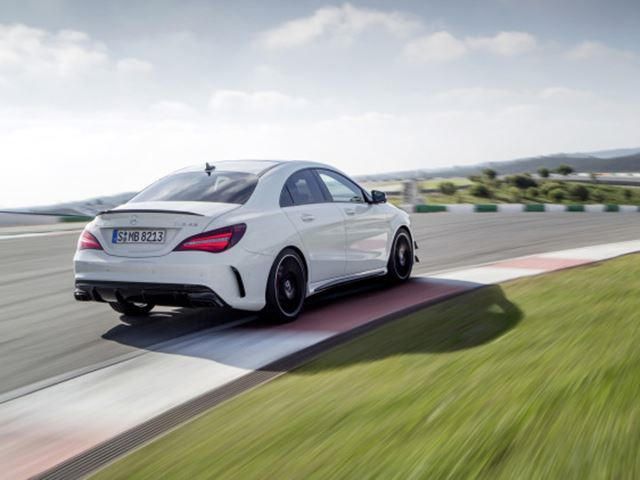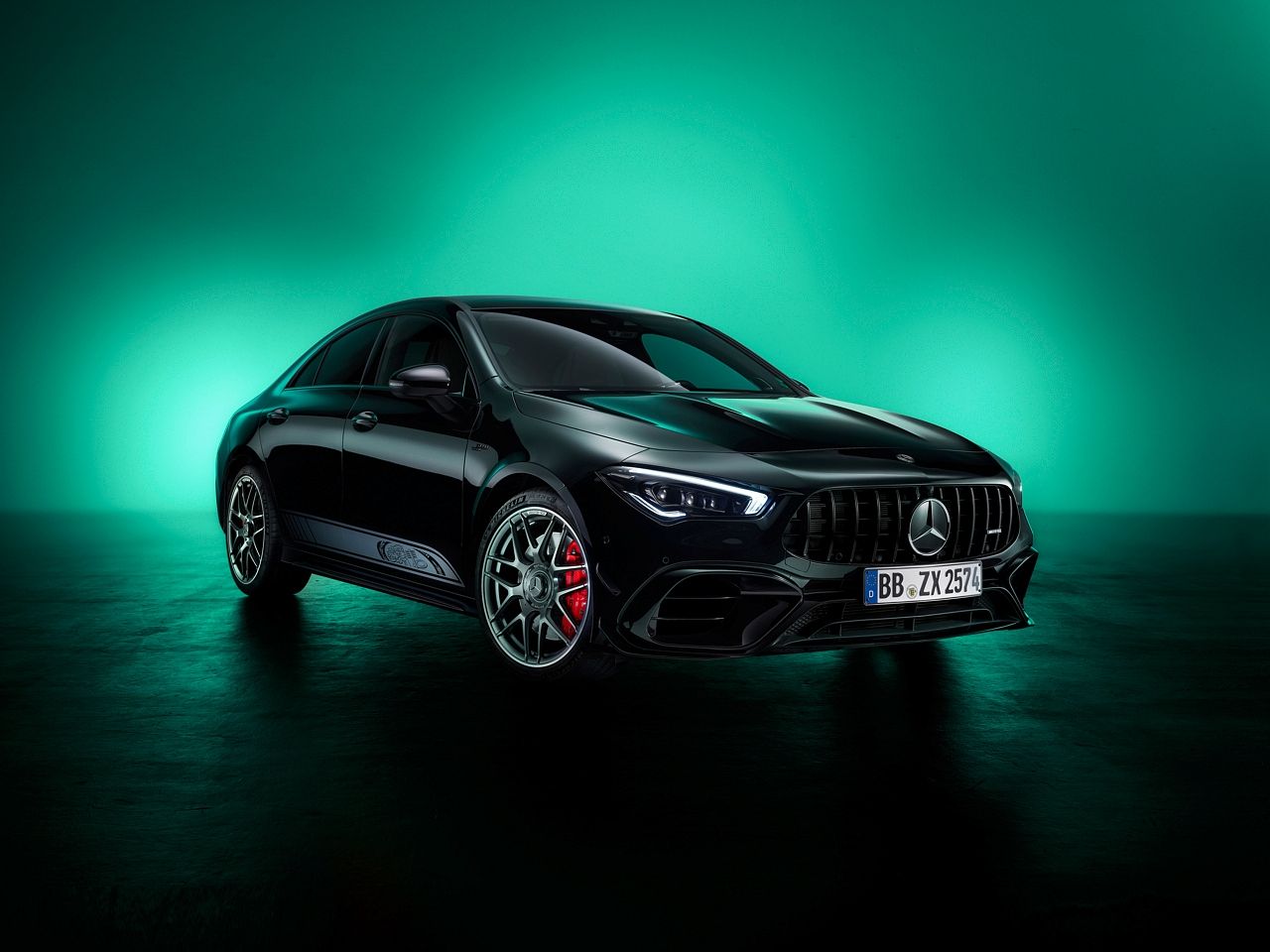
The stereotype is that vegans love to advertise their lifestyle choice to anyone and everyone with a pair of eyes and ears, but similarly, muscle car fans love to tell the world how there is no replacement for displacement. It seemed to make sense: big engine means big power, right? Well, not always. As government intervention has limited the amount of CO2 that engines can spew, automakers have had to get creative with their engines to meet regulations and make customers happy.
In 1973, the fuel crisis spurred by OPEC's oil embargo hit muscle cars right where it hurt: their engine displacements. The Mustang II was a perfect example of a casualty of the crisis. It had a 2.3-liter four-cylinder engine that wheezed out 90 horsepower and urged the car from 0-60 mph in the time it took to melt a glacier. Ford sold a decent amount of these cars because Americans could no longer afford big V8s. Nowadays the picture is different. Automakers still have to cut back on the average fuel consumption of their auto fleets, but gas is cheap and consumers still want impressive performance figures. So as a collective entity, automakers have begun to go down the path of downsizing. But how do these small engines stay fun?
Turbocharging is a great way to get big power out of small engines, but it's only the start. There are many other ways to alter an engine's design to influence power output. Compression ratio is one way to up ratio of horsepower per liter. A turbocharger does the job of compressing air before it gets inside the cylinder, but once the air is inside the engine, the compression stroke begins. The rising piston compresses the fuel/air mixture until it reaches top-dead center (TDC), raising the pressure even higher. In engines with high compression ratios, this means that the volume within the cylinder starts out high and ends very low, causing more fuel/air mixture to enter the cylinder before it is compressed.
More compression means more stored energy, all of which is released during combustion and translates to horsepower. This process is straightforward, but bore and stroke also play a part. Engines with large bores and short strokes are rev happy because they have less distance to cover in the up and down direction, producing more horsepower. On the other hand, they also make less torque because they have less leverage on the crankshaft than engines with long strokes. Getting this combination right is key to helping a small engine feel like it has more might and bite. Other factors like reducing exhaust back pressure, maintaining intake pressure, and ensuring that the ignition timing is ideal help to make engines more energy-dense.
The payoff to having an engine with a high horsepower to liter ratio is efficiency without the compromise of lost power. In earlier days, an engine making 100 horsepower per liter was impressive, but modern cars like the Mercedes CLA 45 AMG push 177 horsepower per liter. The McLaren 675LT and Ferrari 488 GTB aren't far behind with their respective 175-bhp/liter and 169-bhp/liter figures. This only helps to show just how lucky we are to live in a time where it seems like no matter what setbacks the automobile encounters, there is an army of engineers ready to make cars even better. So stop picking on Melvin and give him back his lunch money, because he may just be the one to make your standard-spec Corolla hit 500 horsepower.

